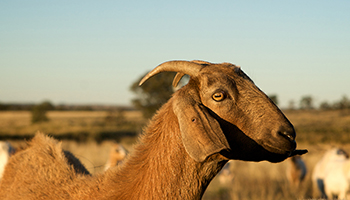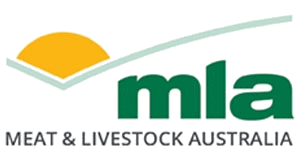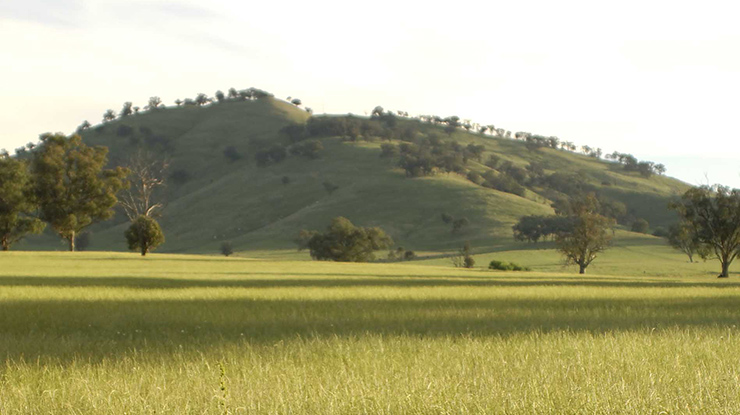
Spring hub
MLA has compiled this suite of resources, tips and tools to support your on-farm decision making during spring.
Advice from the advisors
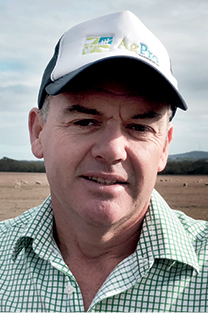
Ed Riggall
Director/consultant, AgPro Management, WA
Most producers don’t utilise 60% of spring pastures. Whether spring is great, good or poor, ‘use it or lose it’ is the guiding principle, so look at how you can best use feed.
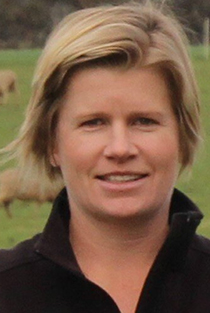
Deb Scammell
Consultant, Talking Livestock, SA
Spring feed is often under‑utilised but, if it’s grazed effectively using appropriate stocking rates, producers can save extra feed for hay, to harvest or to finish extra stock.
Producers can reduce weeds and extend the life of established pastures by optimising hay and silage production this spring. Check out this free eLearning package to find out more.
The EverGraze Feedbase Planning and Budgeting Tool is designed to help you to plan your rotational grazing systems, determine appropriate stocking rates, calculate your pasture growth rates, determine how long your paddocks will last and calculate the most economical ration for your stock. You can now also keep track of the carrying capacity (stocking rate) of each paddock by recording your dry sheep equivalent grazing days/ha. Maintenance fertiliser requirements can then be calculated.’
The Stocking Rate Calculator works out the monthly stocking rate in dry sheep equivalents per hectare (DSE/ha) throughout the year by adding together the stock numbers of each class and their DSE rating in a given month. This calculator is also available within the Feed Budget and Rotation Planner (see above).
The Feed Demand Calculator allows producers to identify the pattern of feed supply and demand in a 12 month period, the location of ‘feed gaps’, and the ways in which modifying the livestock enterprise might help to close these gaps. There are instructions on how to use the MLA Feed Demand Calculator here.
The EverGraze Pasture Improvement Calculator will help to work out the costs and benefits of resewing pastures. The tool allows inputs for costs of resewing, the benefits of the resewn pastures to livestock, soils and the environment at any given financial values (i.e. different interest rates, tax rates, gross margins etc).
The Cost of Production Calculator takes data on production, livestock enterprise costs, labour and overheads, and delivers both a ‘cost of production per kilo’ figure for the business and a picture of how it compares with other properties across Australia.
MLA’s genetics hub provides a one-stop-shop of tools and resources to help producers start using breeding values in their bull and ram buying decisions.
Australian sheep breeding values – or ASBVs – allow you to predict the genetics each animal will pass on to their progeny. This short animation clearly explains the ins and outs of ASBVs. Watch video>
This module provides the framework and guidelines to set in place all the important management steps to improve flock reproduction rates and lamb survival to weaning.
The Paraboss ‘state outlooks’ area of the website WormBoss, FlyBoss and LiceBoss outlooks in one convenient location on the ParaBoss website. The site also houses advice on creating management plans for worm, fly and lice control.
This MLA publication guides you through building lamb numbers through ewe management and increasing lamb survival.
Grass seed infestation affects producers and processors through reduced growth rates in lambs and extra costs to processors. This page contains management options and strategies for keeping it under control.
Six practical tips to prevent and manage lice:
- Develop a lice biosecurity plan for your property. The LiceBoss website has guidelines.
- Use the Sheep Health Statement – if it shows there have been recent lice treatments, ask why. If the vendor is not prepared to tell you why they had to treat for lice, either discount the sheep heavily or don’t buy them. If possible, inspect sheep before purchase. When introducing sheep to your property, inspect, quarantine and monitor them.
- Monitor wool for signs of rubbing and fleece derangement. The LiceBoss website has a guide to monitoring sheep for lice.
- If lice are detected, consider your individual situation when selecting a treatment. Use the LiceBoss Treatment Guide to help with decisions such as:
- what portion of your flock to treat
- whether to do a premature shearing of all or part of the flock, followed by an off‑shears treatment
- whether to do a long‑wool knockdown treatment to carry through to normal shearing time
- which chemical group is most appropriate
- how to respond if the infested sheep are pregnant or have lambs at foot
- The biggest contributor to lousicide efficacy failure is poor product application so make sure you’re doing it properly. The LiceBoss website has treatment guidelines for a range of applications, including back‑lining, dipping and jetting.
- Seek professional advice on treatment and control options and always inform your neighbours if you do find lice on your property.
Featured resources
What are Estimated Breeding Values?
Estimated breeding values – or EBVs – allow you to predict the genetics each animal will pass on to their progeny. This short animation clearly explains the ins and outs of EBVs.
What are Australian Sheep Breeding Values?
Australian sheep breeding values – or ASBVs – allow you to predict the genetics each animal will pass on to their progeny. This short animation clearly explains the ins and outs of ASBVs.
Advice from the advisors

James Whale
Farm business and livestock consultant, Meridian Agriculture, Victoria
If seasonal conditions continue to be favourable, a common situation facing producers in this region will be how to best use surplus feed. Many grazing businesses produce around two‑thirds of their annual grass production during the months of spring. There are many options available to use this growth.
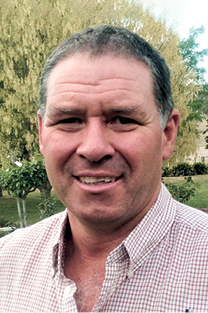
David Harbison
Principal agronomist, DR Agriculture, NSW Central Tablelands and Slopes
A terrific autumn through central NSW followed three tough years. Many producers will have significant dry matter and not enough stock on hand to eat it, which creates the opportunity to give key paddocks an extended rest.
Fire can be used effectively in rangeland livestock systems to control woody regrowth, promote desirable pasture species, suppress weeds and unpalatable species and maintain pasture health and quality.
Download MLA's guide to weaner management in northern beef herds for advice on managing weaners at the end of the dry season.
Producers looking to buy high-performing sires this selling season now have access to tips and tools through MLA’s genetics hub.
Read tropical Beef Technology Services’ Tim Emery's six steps to better bull buying
Plan for wet season phosphorus supplementation and learn how to identify a P deficiency with our Phosphorus resource hub.
Revisit the learnings from MLA's CashCow project to understand the interventions to be made now to lift reproductive rates in your herd. Read the project resources: Technical Synopsis, CashCow findings and Could your herd be more productive?
Preparing maiden heifers to join the breeding herd is arguably one of the most important aspects of breeder cow management. Check out MLA's heifer management manual.
The Breeder Mortality Calculator assists beef producers in using their own property records to determine levels of breeder mortality in their herds.
Many properties in the north burn off old pastures in August and early spring. Here are two information resources to help maximise the benefit: fire as a weed management tool and fire for native pastures.
Advice from the advisors

Jill Alexander
Director, Applied Ag northern Australia
Conditions will be variable across northern Australia coming into spring. Some areas had good rainfall and exceptional pasture growth last summer, but the concentrated two‑month growing season meant pastures hayed off and went to seed quickly. Other areas had another failed season.
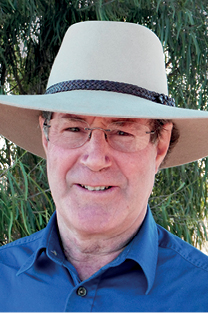
Col Paton
Director, EcoRich Grazing, northern Australia
Watch the forecast: If the La Niña forecast comes to fruition, it’s an opportunity to get paddocks ready to plant improved pasture. However, planting pastures is expensive and takes the paddock out of the grazing system for a year or two, so assess the financial implications and adjust stocking rate to the reduced area.
Producers looking to buy high-performing sires this selling season now have access to tips and tools through MLA’s genetics hub.
Heading to the bull sales? BREEDPLAN is where you’ll find breed-specific databases that store and update EBVs for thousands of animals. Learn more>
The calving histogram calculator is a tool to measure the performance of your herd management for calving.
Advice from the advisors
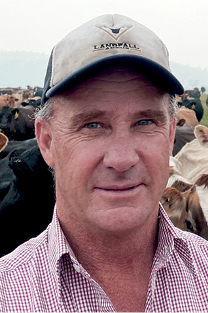
Basil Doonan
Principal consultant, Macquarie Franklin, Tasmania
Autumn was kind to Tasmanian producers. Many were able to finish additional animals or turn‑off stock at higher weights and are coming into spring with a strong cash position, good feed and good condition on animals.
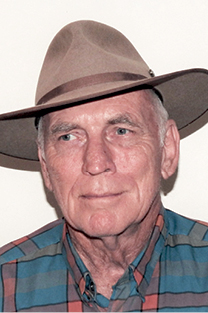
Geoff Niethe
Principal, Niethe Consultancies, northern Australia
Assess feed going into summer and adjust stocking rate accordingly. Develop a good heifer‑management plan. Know your pastures: Diagnosis of phosphorus deficiencies should have occurred at the end of the last wet.
There is a worm control program for goats in each WormBoss region that will assist you to manage worms profitably and sustainably.
Each program includes practical strategies relevant to the region on grazing management: how to breed for worm resistance, when to drench, when to worm test and how to manage drench resistance.
Check out MLA's Going into Goats guide which includes modules on topics ranging from reproductive management to marketing.
Seasonal resources
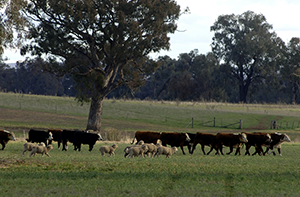
Get set for spring selling
As the spring selling season unfolds, Integrity Systems Company (ISC) is reminding red meat producers that they must meet their integrity requirements under the Livestock Production Assurance (LPA) program and the National Livestock Identification System (NLIS) to ensure their animals are able to be sold.

Feeding weaner cattle: production or maintenance?
- Should weaner cattle be production fed or maintenance fed?
- What is the most cost-effective ration for production vs. maintenance?

The best age to wean prime lambs
When is the best time to wean crossbred lambs off crossbred ewes?
- Is 14 weeks best for weaning?
- What are the factors to consider when determining your weaning date?
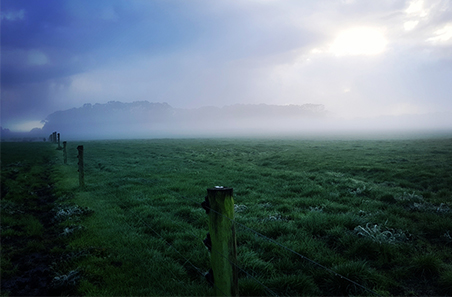
Frost-affected crops in spring: assess your options
With wet conditions forecast for many production regions across southern Australia this spring, it’s important to be pragmatic in assessing crops after frosts.




